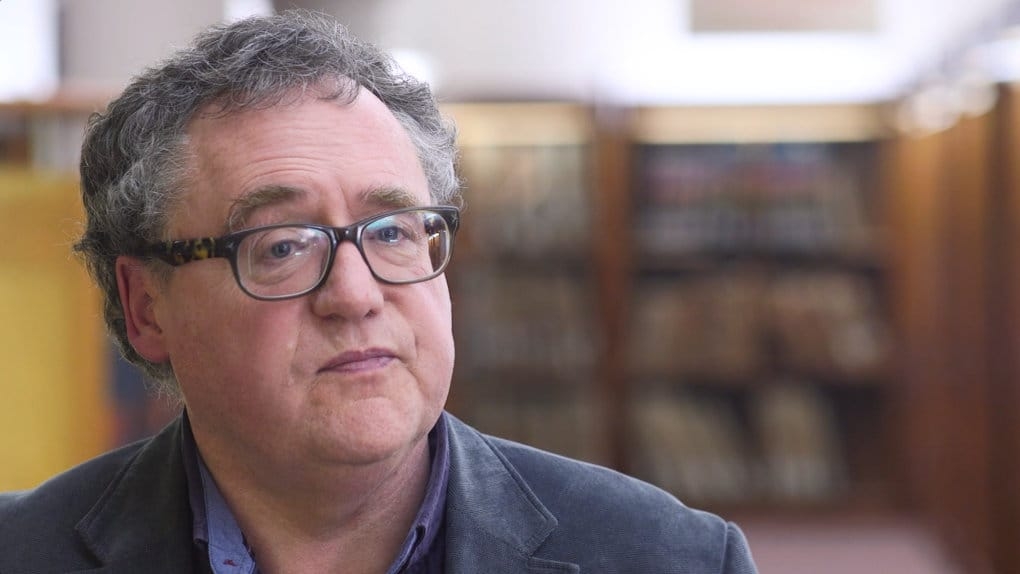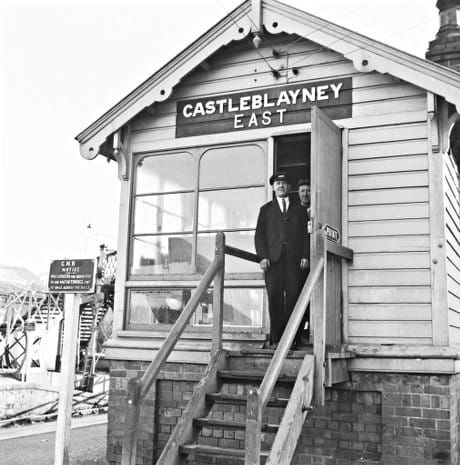
Placenames
In Ireland, loyalty to a place of origin is unusually strong. The history of that loyalty goes back thousands of years, as reflected in the vast collection of traditional place-name lore, dinnseanchas, stories explaining how townlands and parishes got their names.
Much of that lore is now collected online at www.logainm.ie.
Townlands, of which there are more than 60,000, are still the basis of rural addresses and are unique to Ireland. It seems likely that similar place-name systems existed elsewhere in Europe in the Middle Ages and earlier, but Ireland today is the last place they exist.
Of course, place-names are also important for family history research - almost all the records of value depend on knowing where people were living, so identifying the relevant place can be vital. It can also be quite difficult.
How Irish place-names have evolved and deformed
The main reason for this is the way place-names were transposed out of the Irish language into English. This happened in the first three decades of the nineteenth century, after the Act of Union (1800) had brought the administration of Ireland under the control of London. The first step in that administration was to measure the country, a process which the Ordnance Survey began in the 1820s. But there was no systematic listing of where places were or what they were called. So one of the Ordnance Survey's first tasks was to standardise the spelling (in English) of all of the rural place-names on the island of Ireland.

